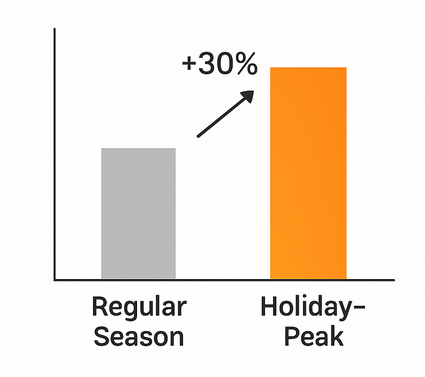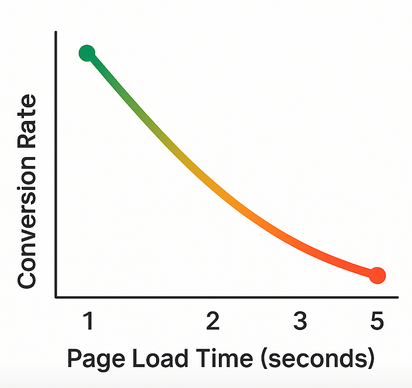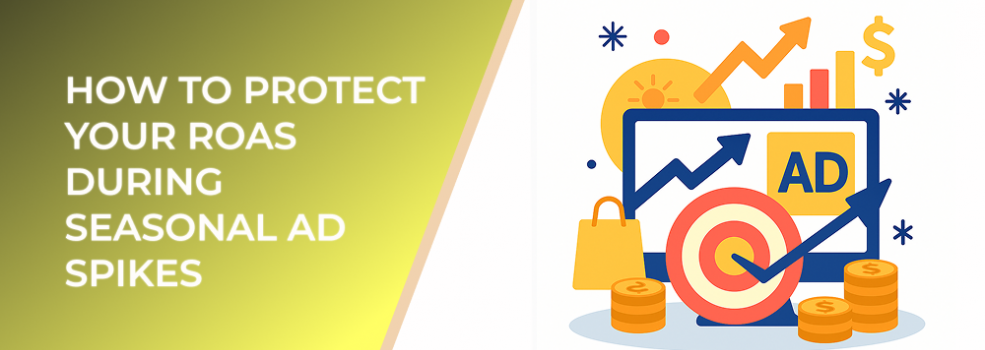Seasonal periods like holidays, major retail events, and industry‑specific peaks create a surge in advertiser activity. As more brands compete for the same audiences, CPMs can rise by 20 to 50 percent, sometimes more. During Black Friday week alone, average CPM increases typically exceed 30 percent, and conversion rates fluctuate depending on offer strength and market saturation.

Seasonal ad-spikes drive CPMs up by ~20-40% (or more) compared to regular periods
If advertisers continue scaling budgets without adjusting their strategy, ROAS often drops due to inflated costs, reduced efficiency, and delayed attribution.
Strategy 1: Strengthen Audience Quality
High competition seasons demand more precise audience selection. Quality targeting can offset cost spikes by focusing spend on users most likely to convert.
Useful data shows that campaigns reaching warm audiences deliver up to 2 to 4 times higher conversion rates compared to cold audiences. By focusing on engaged users, past buyers, and high‑intent behaviors, you can maintain efficient spending even when CPM increases.
Strategy 2: Increase Creative Velocity
Seasonal noise makes it difficult for static creatives to hold attention. Fresh ad variations help maintain relevance and deliver stronger engagement.
Studies consistently show that brands updating creatives every 10 to 14 days experience up to 40 percent higher click‑through rates during peak seasons. Maintaining a variety of formats — carousels, short videos, and product‑focused visuals — helps sustain CTR and protects downstream ROAS.
Strategy 3: Optimize Bidding and Budget Allocation
During seasonal price spikes, automatic algorithms may overspend early in the day or over‑prioritize high‑CPM auctions. Adjusting bidding strategies can stabilize performance.
For example, advertisers who use cost caps or value‑based bidding during high‑demand periods often see 10 to 20 percent more stable ROAS compared to those running open bids. Additionally, gradually increasing budgets (not more than 15 percent per day) allows systems to maintain learning stability.
Strategy 4: Remove Non‑Essential Traffic
Seasonal CPM climbs mean wasted impressions become much more expensive. Monitoring and trimming underperforming placements, creatives, or interest segments prevents unnecessary budget drain.
Marketers who reduce low‑performing traffic sources during seasonal peaks often recover 5 to 15 percent of their ROAS simply by reallocating spend to top‑performing segments.
Strategy 5: Strengthen Your Post‑Click Experience
Seasonal buyers expect friction‑free landing pages. Even small improvements to page speed or offer clarity can significantly boost results.

Faster landing-page load times lead to significantly higher conversion rates—each second counts
Data shows that pages loading within two seconds convert up to 50 percent better than slower pages. Ensuring fast mobile load times and clear calls to action helps maintain ROAS even if traffic costs spike.
Strategy 6: Use Retargeting to Capture High Intent
Retargeting becomes especially valuable during high‑competition periods because these audiences convert at much higher rates. Seasonal retargeting pools often deliver 3 to 5 times stronger ROAS compared to cold traffic.
Set clear segmentation: product viewers, abandoned carts, repeat‑purchase audiences, and time‑decay segments (1‑day, 3‑day, 7‑day windows). This prevents oversaturation and maximizes performance.
Recommended Reading
Here are three related articles you may find valuable:

